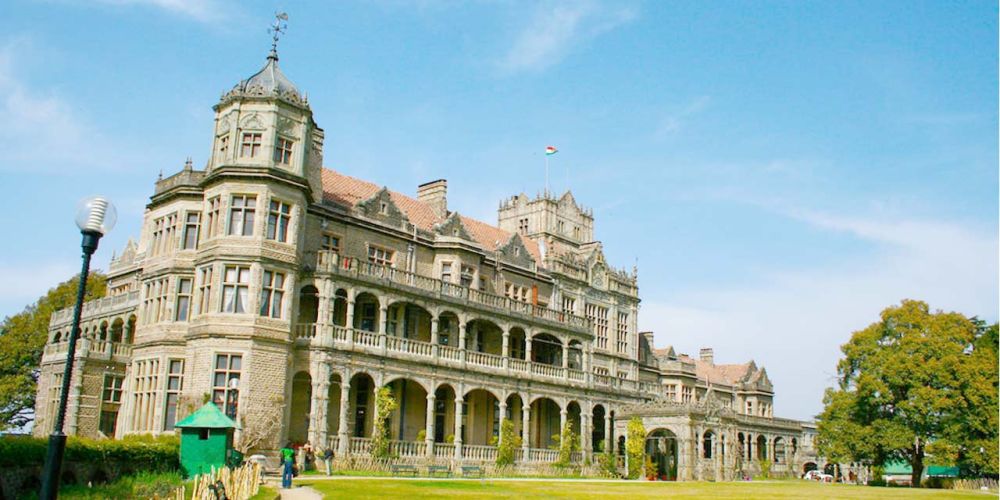

Nestled in the scenic town of Shimla, the capital of Himachal Pradesh, stands the Indian Institute of Advanced Study (IIAS), a premier institution housed in the grand Viceregal Lodge. This historical edifice has not only been a center for scholarly research but has also become an important tourist attraction that draws numerous visitors annually who are keen to explore its rich history and architectural beauty.
The Viceregal Lodge, now home to the IIAS, was constructed between 1884 and 1888 during the British Raj and served as the summer residence for the Indian Viceroy. Lord Dufferin, who initiated its construction, laid the foundation for a building that would witness pivotal moments in Indian history, such as the Shimla Conference of 1945 and the decision to partition India in 1947. After India gained independence, the lodge was repurposed to house the Indian Institute of Advanced Study in 1965 under the presidency of Dr. S. Radhakrishnan, with a focus on humanities, arts, and social sciences.
Its stunning Jacobethan architecture featuring Tudor frames and intricate brickwork makes the IIAS a masterpiece of colonial-era construction, offering a glimpse into the architectural fervor of the time. The majestic building is set amidst lush green lawns, which further adds to its charm and attracts history enthusiasts, architecture buffs, and tourists alike.
Over the years, tourism at the Indian Institute of Advanced Study has seen a consistent increase. The institute is well-connected by road and can be easily reached from Shimla's town center. Guided tours are available for visitors to learn about the historical significance, architectural details, and ongoing academic research. The presence of a well-stocked library and regular exhibitions also cater to the inquiring minds of scholars and academicians who visit the institute.
In recent years, there has been a rise in experiential and educational tourism, with travelers seeking more than just leisure. People are increasingly interested in visiting sites of historical and intellectual significance, which places the IIAS high on the list of must-visit destinations for discerning tourists in India. Furthermore, efforts to digitalize archives and make resources accessible have broadened the institute’s appeal to a global audience, making it part of virtual tourism trends.
Tourists can enjoy the serene atmosphere and explore the well-maintained gardens that offer panoramic views of the Shimla landscape. The institute also organizes seminars, workshops, and conferences, which sometimes are open to the curious visitors. The building notably includes a museum that showcases photographs and texts detailing its history and the pivotal meetings that have taken place within its storied walls.
With the awareness of sustainable tourism on the rise, the Indian Institute of Advanced Study has adopted measures to preserve its historical integrity and surrounding environment. Efforts are continually made to maintain the institute as a green space, promoting the conservation of history and culture for future generations to appreciate.
Visiting Hours: The Indian Institute of Advanced Study is open to the public most days of the week, with a modest entry fee, and photography is permitted in designated areas. Visitors are advised to check the latest opening times and any travel advisories before planning their trip.